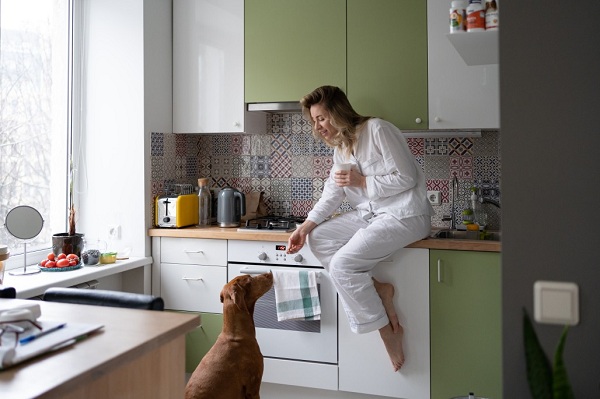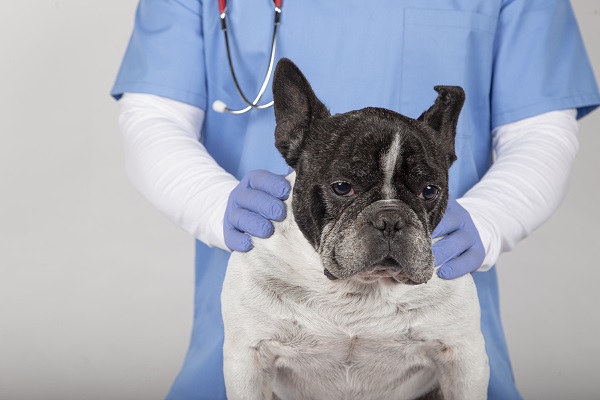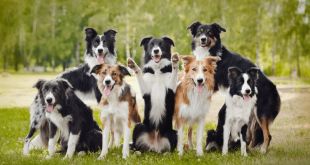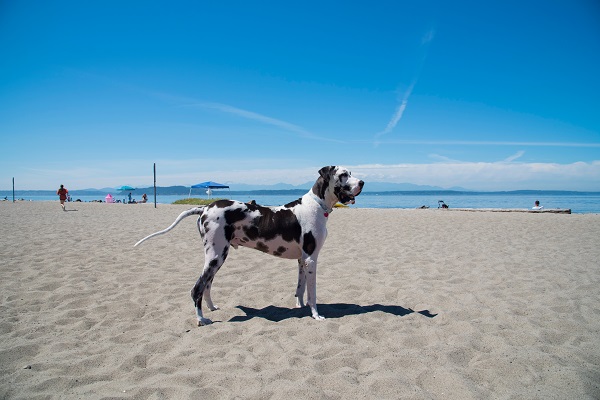Having a pet is like taking care of a child; it comes with its rewards and challenges. One of the biggest challenges is the eating habits of dogs.
If you are a veteran taking care of canines, it’s a different story. But, if you welcome a pup for the first time, the feeding habits can become tricky.
Hunger pangs in dogs can have multiple reasons, and it is important to understand and address the issue. Your dog may have medical, psychological, or behavioral issues that instantly require medical care.
Reason Why Are Dogs Always Hungry?
Dog’s second nature:
Canines are biologically meant to hunt for food and eat. The hunger is not timely unless and until you maintain a schedule for the dog. But when you domesticate the animal and make it into a pet, you can plan the eating, walking, sleeping, and playing timetable.
Greedy behavior:
Dogs have gluttony, and it is in their nature. So, when they ask for small pieces of meat or treats, it is normal. You can always keep their greed under satisfaction by giving them small chunks of food (now and then).
Ensure this does not become a habit or reason for your repeat by looking at their puppy eyes. You must sort this as a normal hunger pang by maintaining an eating routine with a proper feeding bowl.
Let your dog understand that he or she must sit and wait for the food to come to their bowl and enjoy it instead of asking for food and treats randomly.
Hyperactivity:
Another common cause of hunger in dogs is rigorous exercise or activities. If your dog returns from a long walk, running or playing long or water sports, the drop-in calories will trigger hunger pangs.
It is a genuine reason, and you must satisfy them by serving some healthy treat rich in protein and vitamins to restore their energy levels.
Fear and Phobia:
Anxiety and fear of something/anything can trigger the urge to eat. An encounter with a scary situation, the feeling of trauma, and separation anxiety are some common causes that may trigger off eating habits. You must consider this as a medical issue and go for a check.
Dogs grow fast:
Sometimes, you do not realize, but the dogs grow very fast – check on the portion size you are serving them. When your fur friend does not show greedy behavior towards treats but seeks meals between two servings, then it is a sign of small portion size. Check with your vet and then measure the servings every time you put them in their bowl.
Pregnancy:
Female dogs ask for more food or show excitement toward treats when pregnant. It is one of the potential signs that dogs are expecting pups. In such a scenario, consult your veterinary doctor and get the proper diet chart for your mummy-to-be pet.
Health problems:
Underlying health conditions in dogs may trigger the urge to eat more. However, a small section of dogs exhibits this behavior. Diabetes, hyperthyroidism, and bowel issues may increase your dog’s appetite.
Changes in body weight, desire to drink more water and lethargy are other symptoms to look for before concluding.
Obesity:
Due to health issues, the dog may overfeed themselves. The such condition often results in obesity. Being overweight and obese in dogs is a hazardous condition.
It leads to other major health-related complications or problems like arthritis, debilitating joints, diabetes, bloating, and muscle damage.
Read Also: How To Spot The Signs Of Anxiety In Dog And Comfort Them?
How to manage the over-eating problem in your dog?
The foremost approach to sort out the hunger problem in dogs is to go for a thorough physical check-up. You can book an appointment with the vet to ensure that the hunger is not related to genuine reasons like pregnancy or portion issues. The doctor can provide a clean chit that your pup is healthy and has no health issues that need looking into.
Start a diet chart and stick to it. It is a primary tool to control your pup’s food portion and binging habit. Plan the day and divide it into mealtime, an exercise that includes walking and play, rest time, and indoor activities.
You should plan the quantity of food and activities depending on the age, breed, and type of dog. Some dog breeds are calm and need little outdoor activities:
- some are small in size
- some require loads of playtime
- some are guard dogs, so they require more exercise
- ascertain this first before planning the meal portion and the frequency
Establish a strict schedule for eating, quantity, and frequency of treats. Let your dog earn the treats by obeying you, after the training session, after walks, and after a good bath. Do not serve bits and pieces of your food – this gives a wrong sign to the dogs.
You can plan the quality of food you make or order for your quadruped friend. Look for highly nutritious dog foods rich in Omega-3 fatty acids, proteins, and vitamins. Give plenty of water to your dog as it helps them with their bowel.
Encourage the dog to enjoy chewing toys like a bone that will help them combat their overindulgence in snacks and treats.
Keep a check on the food storage – some dogs are smart to steal food when you are away. Maintaining track of their weight gain and loss will help evaluate their food intake.

 DogExpress
DogExpress




















 in Chandigarh, India.
in Chandigarh, India. 
